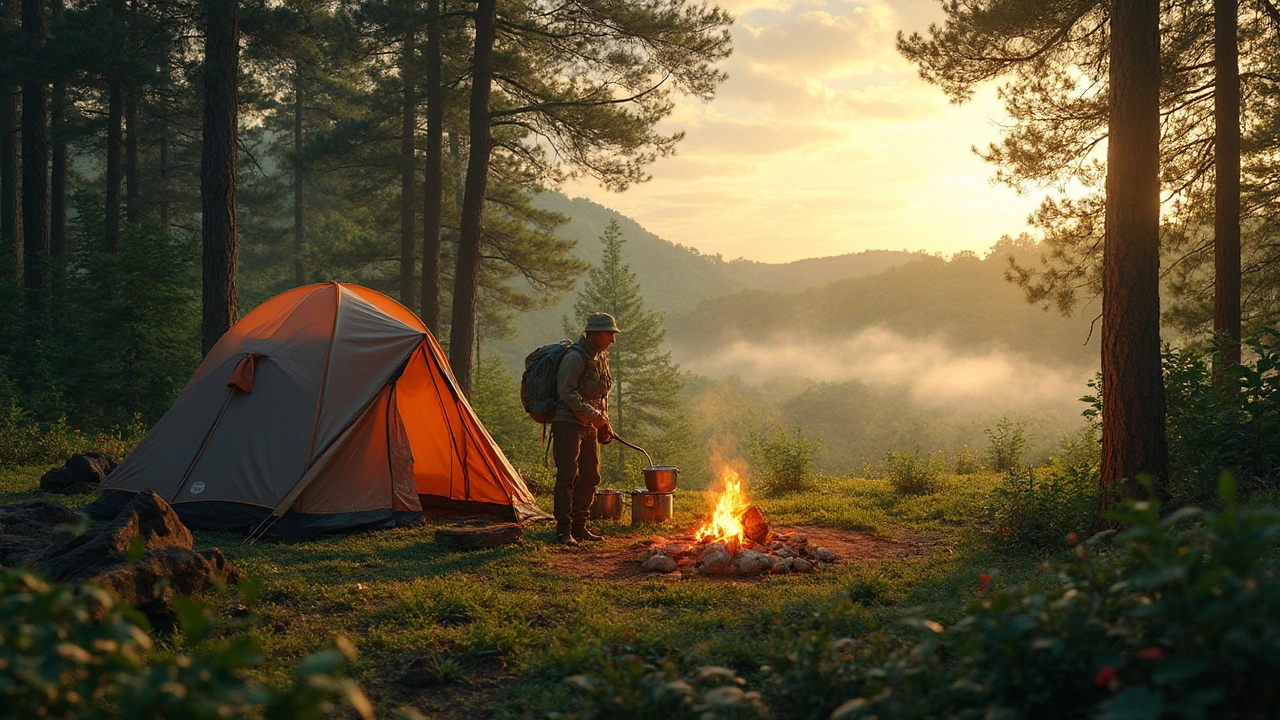Wisconsin Camping Guide: What You Need to Know Before You Pitch a Tent
If you’re thinking about spending a night under the stars in Wisconsin, you’ve come to the right place. This guide gives you the basics – where to camp, what to bring, and how to stay safe – so you can enjoy the Badger State without hassle.
Wisconsin is famous for its lakes, woods, and rolling hills. From the Northwoods to the Driftless Area, there’s a spot for every type of camper. Whether you drive a motorhome, a small RV, or just a backpack, you’ll find a place that fits your style.
Choosing the Right Campground
Public campgrounds are run by the Wisconsin Department of Natural Resources (DNR). They usually have clean restrooms, fire pits, and easy access to hiking trails. Popular spots include Devil's Lake State Park, Lake Geneva, and the Chequamegon-Nicolet National Forest. Most sites charge a modest fee – around $15‑$25 per night – and you can book online in the summer months.
If you prefer a more rustic experience, look for “primitive” sites. These have no hookups, but they let you truly get away from the crowds. Just bring a portable toilet or a bucket system, and be ready to follow Leave No Trace rules.
Gear and Packing Tips
Wisconsin weather can change fast. Even in July, night temps can dip to the 50s (°F). Pack a warm sleeping bag, a waterproof jacket, and a tarp for extra shelter. If you’re in a motorhome, check the water and propane levels before you leave home – the last thing you want is a cold shower in the middle of a forest.
Don’t forget a small first‑aid kit, a headlamp, and insect repellent. Mosquitoes are common near lakes, and a simple spray can keep you comfortable. A portable power bank is handy for charging phones, especially if you’re using maps offline.
Food-wise, stick to easy meals: canned beans, instant oatmeal, and pre‑made pasta. A camp stove or a small propane grill works well for cooking. Remember to store food in airtight containers – wildlife, especially raccoons, are notorious for raiding careless campers.
Finally, respect the local rules. Many DNR sites ban open fires during dry periods. Use provided fire rings or bring a portable stove instead. Pack out everything you bring in, and leave the campsite cleaner than you found it.
With these basics covered, you’re ready to hit the road and explore Wisconsin’s great outdoors. From fishing on Lake Superior to hiking the Ice Age Trail, the state offers endless adventure. Pack smart, follow the rules, and enjoy the freedom of camping in one of the Midwest’s most scenic places.
Can You Camp Anywhere in a National Forest in Wisconsin?
Wondering if you can set up camp anywhere in a national forest in Wisconsin? This article breaks down the real rules, shares tips from local campers, and gives you handy advice for picking a spot. We’ll cover what ‘dispersed camping’ actually means and what to watch out for when exploring. Want fewer crowds and more adventure? We’ll show you how to plan it right and avoid trouble. Read on for the best (and legal) ways to camp wild in Wisconsin’s forests.
